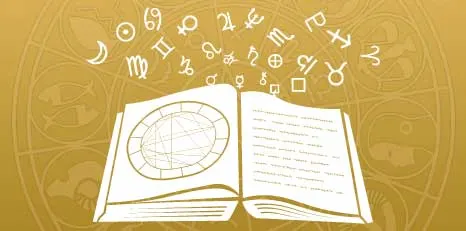Mars in Taurus square Eros in Aquarius in the birth chart
With Mars in Taurus, you are a person of great determination and tenacity. You have an innate drive to build and create, and you approach life with a steady, practical energy. This grounded nature can sometimes be mistaken for stubbornness, but it's actually a testament to your unwavering commitment to your goals. You are not easily swayed or distracted once you've set your sights on something.
Eros in Aquarius, on the other hand, speaks to your romantic and sexual desires. Eros represents the force of attraction, and in Aquarius, this force is expressed in an unconventional, free-spirited way. You are drawn to the unique and unusual, and you value intellectual connection and freedom in your relationships. You are not one to follow the traditional path when it comes to love and desire; instead, you chart your own course.
The square aspect between Mars in Taurus and Eros in Aquarius in your chart suggests a tension between your practical, steady nature and your unconventional desires. On one hand, you have a strong desire for stability and consistency, but on the other, you crave novelty and excitement. This can create a push-pull dynamic in your relationships, where you struggle to reconcile your need for security with your desire for freedom and independence.
This tension can also manifest in your approach to achieving your goals. Your Mars in Taurus drive may push you to pursue your ambitions in a methodical, patient way, while your Eros in Aquarius urges you to take risks and break away from the norm. This can lead to inner conflict, but it can also spur you to find innovative solutions and strike a balance between stability and change.
Navigating this square aspect may be challenging, but it also offers you the opportunity for growth. By acknowledging and understanding this tension, you can learn to integrate these seemingly opposing forces and use them to your advantage.
Register with 12andus to delve into your personalized birth charts, synastry, composite, and transit readings.
Comprehensive PDF Reports

Comprehensive PDF readings, spanning 100 to 300+ pages for birth charts, relationship analyses, and forecasts. Dive deep into the intricacies of each planetary placement with our reports, meticulously examining their aspects and subtleties. Crafted as an astrological masterpiece, it serves as a lifelong reference, offering the most personalized insights into both you and your relationships. Your celestial storybook awaits.
Ask the Astrologer

Ask your unique question to a 12andus astrologer. Our astrologer will provide a thoughtful response of over 800 words within a few days, following a careful analysis of your chart as set in your profile. Inquiries can span a variety of topics, including love, relationships, career, personality traits, or broader life concerns. We're here to help guide you through your astrological journey.
Full Free Readings

Delve into the complexities of your astral narrative with our deeply personalized astrological readings. From the profound revelations in your birth analysis to the dynamics of synastry, composite, and transit explorations, each reading is finely curated for your unique cosmic storyline. Click for an astrology experience crafted with unmatched precision and detail.
